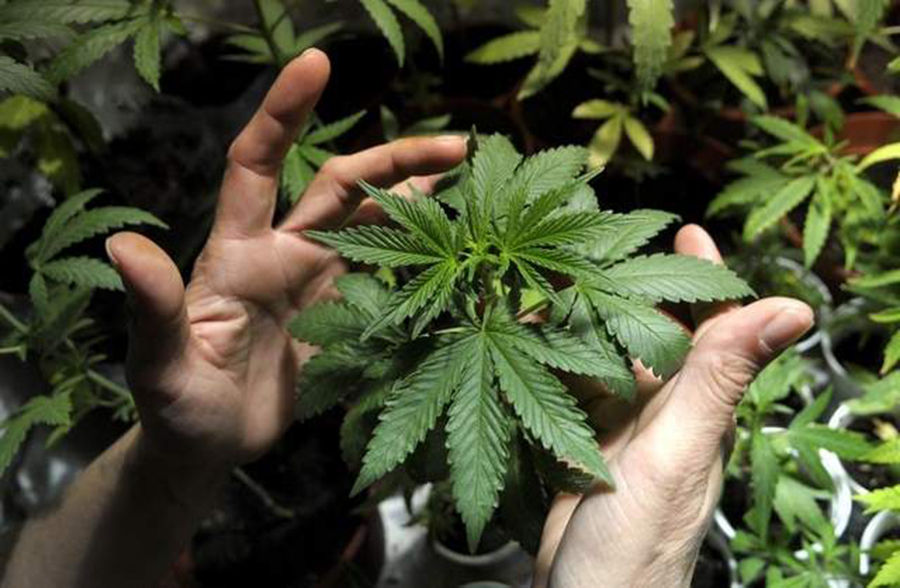A definition in the interim administrative rules for medical marijuana dispensaries posted this month could cost Kauai dispensary investors millions of dollars in utility and construction costs. According to the interim rules, medically-grown marijuana shall be grown “in an enclosed
A definition in the interim administrative rules for medical marijuana dispensaries posted this month could cost Kauai dispensary investors millions of dollars in utility and construction costs.
According to the interim rules, medically-grown marijuana shall be grown “in an enclosed indoor facility,” as required by HB 321, the state law creating the dispensary program. An enclosed indoor facility rules out greenhouses, which proponents say could cut utility costs by half.
The structure would need a concrete floor and rigid steel sides that encloses the facility with all entry points secured, according the Department of Health. Additionally, the interior of the structure may not be visible from the outside.
“With these rules being that we have to be all indoor, those high utility costs will be reflected in the product,” said Jud McRoberts, Kauai Dispensary Project lead director, who is part of a group of stakeholders planning to apply for a dispensary license in January. “It really puts the patient in a place where they’re going to have to pay a little bit more because of electricity costs.”
State Sen. Will Espero, D-Ewa Beach, the Senate lead for HB 321, said the enclosed indoor facility definition was added to ensure patient, product and public safety.
“The primary concern was security and since this was the first effort for dispensaries to help appease opponents, individuals that had concerns with access and other problems, we thought and felt that having it in a secured area would help with those concerns,” Espero said.
McRoberts said, if built, the Kauai dispensary would have two production centers with no more than 3,000 plants for each center.
At 8,000 square feet each, the growing centers could cost McRoberts and his investors $3.6 million to construct and $1.5 million a year in electricity costs.
Those costs, McRoberts said, could kick up prices of medical marijuana.
“At the end of the day, it’s about the patient. If they’re having to pay twice as much because we’re growing indoors, they might say, ‘Hey, I’d rather get it off the black market,’” McRoberts said.
Rep. Jimmy Tokioka, D-15, Kauai, who voted against HB 321, agrees that medical marijuana should be grown in an enclosed indoor facility, but said photovoltaic should be considered to cut utility costs.
“Given the climate and temperature that we live in and the solar projects that are out there, it would be to the advantage of whoever applies and gets the permit to have a solar farm near their operation,” he said. “If it’s going to be grown, it needs to be grown indoors, and Hawaii has the perfect climate for photovoltaic usage of whoever has the dispensary.”
However, there are downsides to photovoltaic, McRoberts said, especially when each growing center can house 3,000 cannabis plants.
“What you would need to supplement for the amount of panels would be astronomical,” he said. “We would need two to three acres of PV panels.”
The interim rules will remain in effect until July 1, 2018.
Espero said lawmakers are discussing whether the rules may be changed to include secure greenhouses.
“Obviously if we’re going to make changes it should be sooner rather versus later since we’re looking at the application period coming up,” he said. “I’m checking to see if the DOH can add a little more clarity of the issue on the cost of electricity and the cost of growing marijuana indoors and the high electrical bills that would come with that.”
A greenhouse operation would save KDP stakeholders, McRoberts said, a third of the utility costs compared to an enclosed facility.
“When you look at the costs, you’re looking at a third: $15,000 to $20,000 a month to grow medicine if not less,” McRoberts said, referring to one growing facility. “You can still have the same kind of security measures, sanitation measures that the state is looking for by using a secure greenhouse.”


